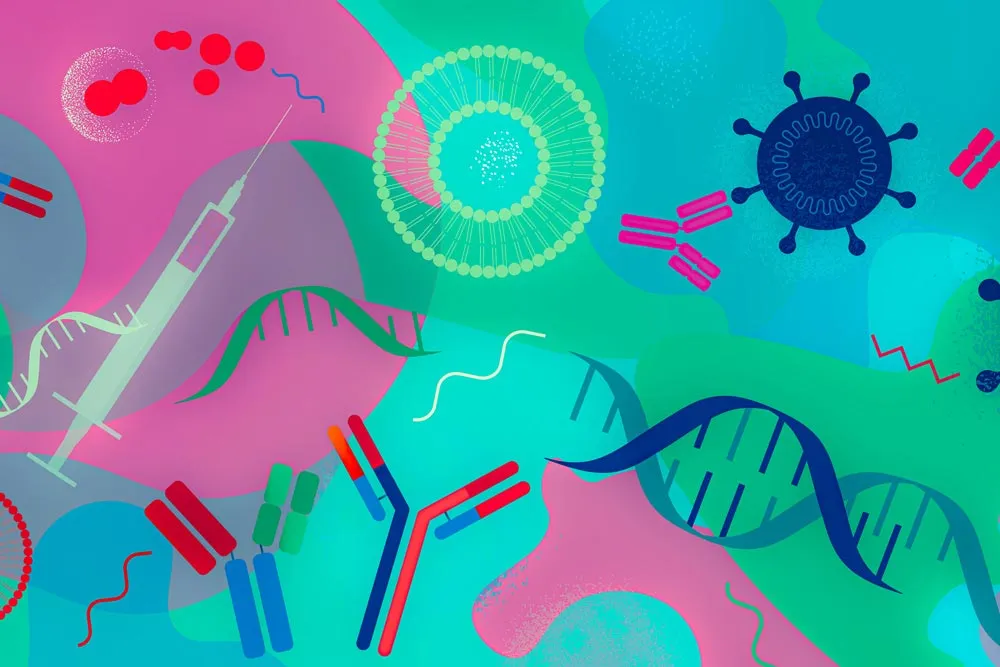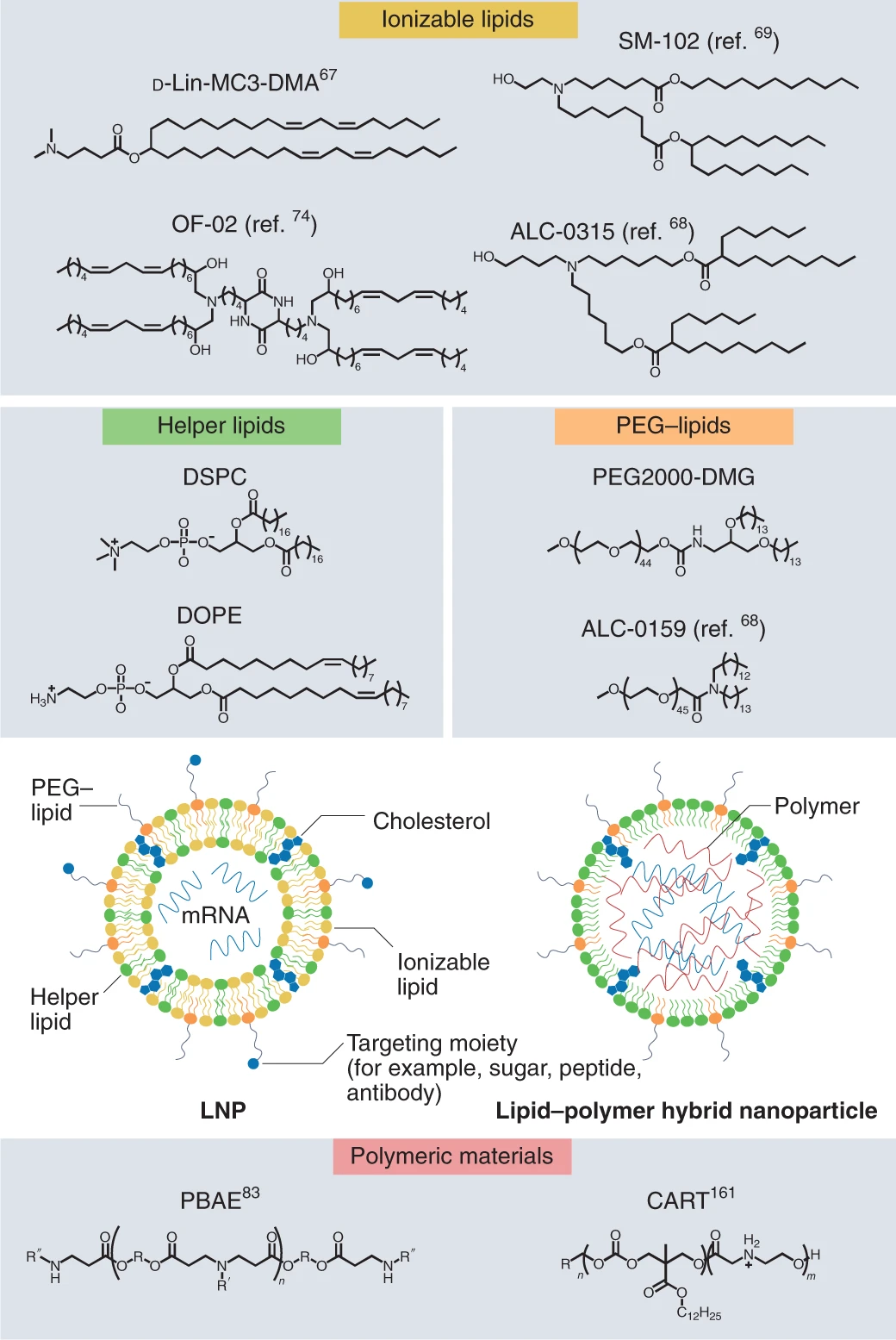After the successful development of covid-19 vaccine, researchers hope to deploy mRNA based therapy to fight many other diseases. The two mRNA vaccines that were urgently authorized by the end of 2020 have proved to be crucial in the fight against covid-19. These vaccines are the first of their kind and are the crystallization of RNA research for decades. As the mRNA chain encoding viral proteins, vaccines enter cells and begin to produce proteins, enabling the immune system to recognize viruses in the future Following the success of covid-19 vaccine, scientists hope that mRNA vaccine and therapy will prove beneficial to many other diseases

Daniel Anderson, a professor of chemical engineering at MIT and a member of the Koch Comprehensive Cancer Institute and the Institute of medical engineering and science at MIT, has been studying how to package and provide mRNA for many years. Anderson recently co authored [Nature Biotechnology] on mRNA therapy( https://www.nature.com/articles/s41587-022-01294-2 ) 》Comments, he answered some questions about the progress of this technology on the MIT News Network.
Q: what are the advantages of RNA vaccines and how did they develop so rapidly in response to the covid-19 pandemic?
A: the advantage of RNA vaccine is that once an effective nano particle delivery system is developed, new vaccines against new diseases can be quickly created. For example, Moderna can establish an optimized mRNA construct within one day after the DNA sequence of sars-cov-2 is published, and the injection of the patient will begin a few weeks later. The development of traditional vaccine technology is much slower. It relies on the use of mammalian cells in bioreactors for mass production of vaccines, while mRNA vaccines are only converted into final products in patients' cells. In some ways, mRNA vaccines use the human body as their own vaccine production facility.
We are fortunate that researchers and companies have been studying RNA and nanoparticles for decades, especially the use of mRNA for vaccines. For example, onpattro, the first RNA nanoparticle drug, was approved by FDA in 2018. Although this drug is designed to affect the liver of patients and has small RNA, not mRNA, the lessons learned in the process of creating this drug and all other work have helped scientists advance the mRNA vaccine that we benefit from today.
Q: what lessons have been learned from the development of covid-19 vaccine, which can help researchers develop future RNA vaccines? What challenges still need to be addressed?
A: there is no doubt that in the past few years, people have learned a lot of important information about covid-19 vaccine. Today, billions of doses of mRNA vaccines have been given to patients, providing important information about their function, safety and manufacture. We have learned that these drugs are both safe and effective, and importantly, it is possible to quickly create a new vaccine against a sudden pathogen. We also recognize the challenges of mRNA vaccines, such as that they must be cryopreserved, some at very low temperatures. In the near future, I expect we will see mRNA vaccines with improved stability and shelf life.
Q: what are the examples of diseases that can prove the value of RNA vaccines and other mRNA therapies in the future?
A: we are at the beginning of what I think will be a medical revolution. In the short term, we will see new mRNA vaccines against new strains of coronavirus and vaccines against other important diseases such as influenza. I am also optimistic that we will see mRNA vaccines and mRNA therapies for diseases for which we really do not have solutions, such as HIV and certain types of cancer. In the long run, I expect that mRNA therapy will play an important role in some genetic diseases, such as cystic fibrosis. Delivering mRNA to the lungs can make the function of lung cells more normal. Finally, I am excited about the progress of genome editing and the potential of mRNA nanoparticles to provide permanent treatment for patients. Although this sounds like science fiction, we have obtained evidence from human experiments that in vivo genome editing of the liver is possible.
